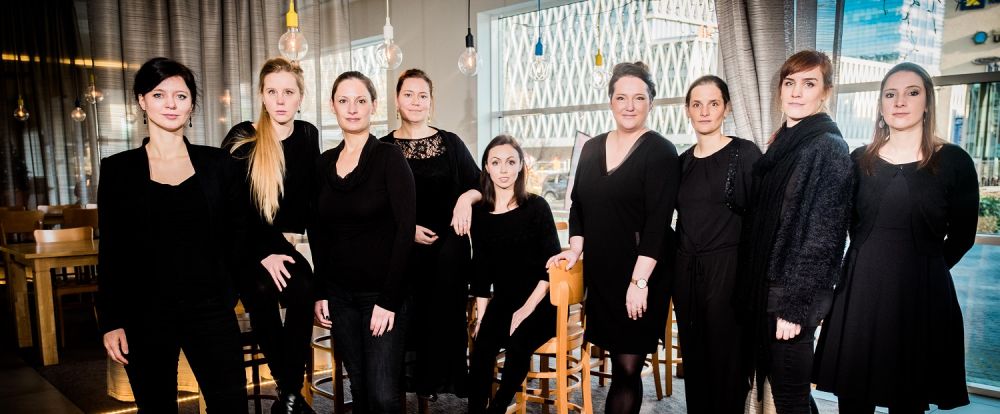Memling’s angelic concert

The KMSKA’s Artists in Residence programme was launched at the beginning of 2017 with Oltremontano as one of our 20 resident artists. Shortly after that, KMSKA’s conservators rounded off their marathon treatment of the three panels that together form Memling’s God the Father with Singing and Music-making Angels. Wim Becu, Oltremontano’s artistic director, saw the work in all its glory. Such refinement on such an immense scale! What if he and his ensemble were able to play the depicted instruments? It was the beginning of a process packed with challenges.

God the Father with Singing and Music-making Angels - Hans Memling, KMSKA
Challenge 1: What instruments are they exactly?
God and his angels are just part of what was once a gigantic altarpiece, the other panels of which have been lost. The scale of the paintings are such that the instruments are depicted almost life-sized and with great precision. That makes them a rich source of reference for musicologists. It is not unprecedented for historical instruments to be reconstructed. But this was the first time it had been attempted for the Memling instruments.

Memling instruments - Detail of wind instruments

Memling instruments - Detail of a psaltery

Memling instruments - Detail of a lute
Wim Becu immersed himself in his research, assisted by several experts. They were certainly needed, as Memling left a number of questions unanswered. The conservators discovered differences, for instance, between the underdrawing and the painting. That made it difficult in some cases to identify an instrument. And you obviously have to know precisely what you’re looking at before you can reconstruct it.
Challenge 2: Who could build the instruments?
The Centrum voor Muziekinstrumentenbouw (CMB) in Puurs, Antwerp Province, was chosen for the wooden instruments and the Dutch instrument maker Geert Jan Vanderheide for the various trumpets. For all its accuracy, Memling’s depiction remains a two-dimensional image. So it was far from easy to convert the instruments into 3D plans with down-to-earth measurements. A great deal of thought also had to be given to the choice of materials. The students at the CMB completed their instruments with immense patience and craft.






Challenge 3: What music do angels play?
In the meantime, Wim Becu continued to delve into musical history using the altarpiece as his guide. The angels are arranged in a specific way. Memling positioned the ones playing the softer-sounding instruments at the end of the panels, for instance. The angels playing the more strident wind instruments, meanwhile, stand around the choristers. All of which was important information in the quest for appropriate music. And there was a further difficulty: to play some of the instruments, the musicians had to learn a different technique.

Right-hand panel - The softer-sounding instruments are located at the end of the panels.
Challenge 4: Could Oltremontano live up to the sound of a grand angelic concert?
Having recruited the ladies of the vocal ensemble Psallentes, Oltremontano knew it could count on appropriately angelic singing. The vocalists had just started work on a new programme – To Memling – in which they literally sing Memling’s words. A match made in heaven, you might say. But it was no small challenge. In the late Middle Ages, angelic music was considered the ultimate expression of beauty.

Psallentes - Photo ©Wouter Van Varenbergh
And after the concert?
Oltremontano’s instruments and music will be given a permanent place in the new museum, near the Memling panels. Oltremontano will also release a CD of the music.
In collaboration with AMUZ.



